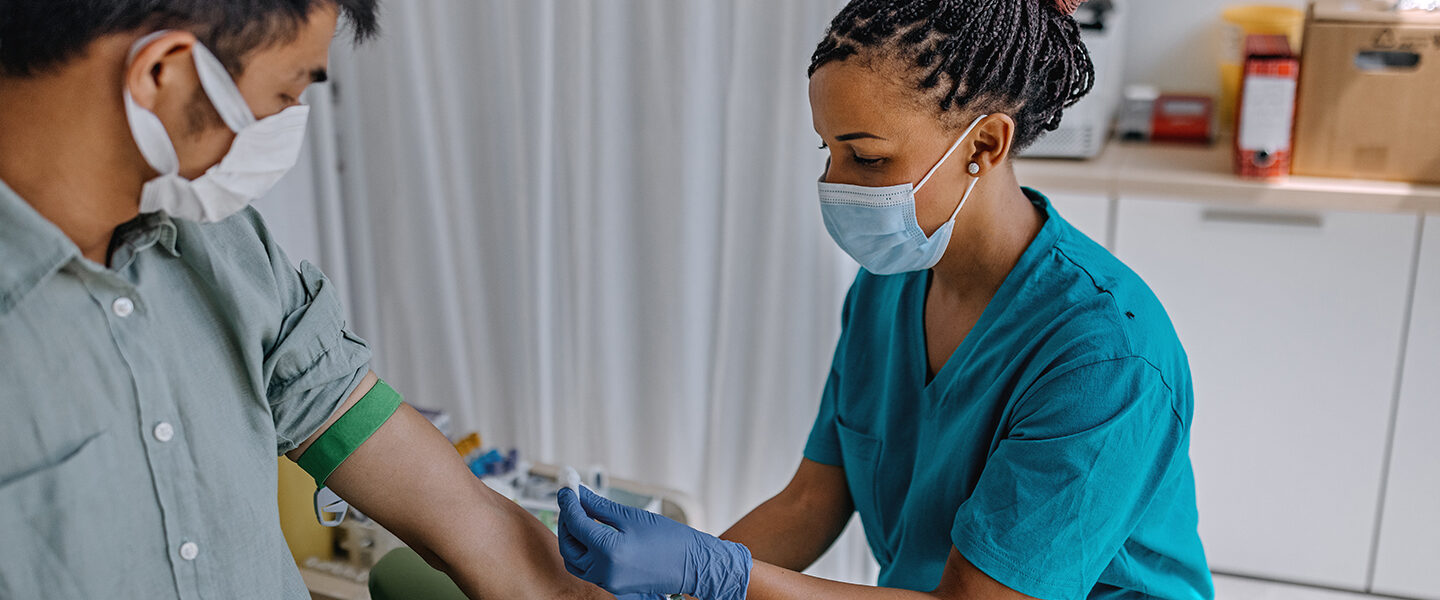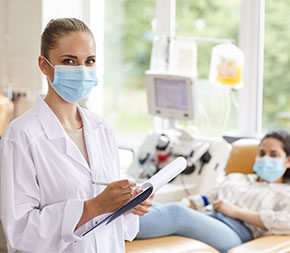Not known Details About Northeast Medical Institute - New Haven Campus Phlebotomy Course & Cna Class
Wiki Article
The Only Guide to Northeast Medical Institute - New Haven Campus Phlebotomy Course & Cna Class
Table of ContentsSome Of Northeast Medical Institute - New Haven Campus Phlebotomy Course & Cna ClassLittle Known Facts About Northeast Medical Institute - New Haven Campus Phlebotomy Course & Cna Class.Northeast Medical Institute - New Haven Campus Phlebotomy Course & Cna Class for DummiesNortheast Medical Institute - New Haven Campus Phlebotomy Course & Cna Class - QuestionsWhat Does Northeast Medical Institute - New Haven Campus Phlebotomy Course & Cna Class Do?The 5-Second Trick For Northeast Medical Institute - New Haven Campus Phlebotomy Course & Cna Class
The usage of such gadgets should be gone along with by other infection prevention and control techniques, and training in their use.For settings with low sources, cost is a driving variable in procurement of safety-engineered devices. Where safety-engineered gadgets are not readily available, experienced usage of a needle and syringe is appropriate.
One of the crucial markers of quality of care in phlebotomy is the involvement and participation of the person; this is mutually advantageous to both the health and wellness employee and the client. Clear details either created or spoken must be readily available to each person that undertakes phlebotomy. Annex F supplies sample text for clarifying the blood-sampling procedure to a client. In the blood-sampling space for an outpatient department or facility, offer a comfortable reclining couch with an arm rest.
Northeast Medical Institute - New Haven Campus Phlebotomy Course & Cna Class - The Facts
Make sure that the indications for blood tasting are clearly defined, either in a written procedure or in recorded guidelines (e.g. in a research laboratory type). Collect all the devices required for the treatment and location it within safe and simple reach on a tray or trolley, ensuring that all the items are clearly visible.Where the client is grown-up and mindful, follow the steps described below. Introduce on your own to the client, and ask the individual to state their full name. Check that the research laboratory kind matches the person's identity (i.e. match the individual's information with the research laboratory kind, to make certain precise recognition). Ask whether the patent has allergic reactions, fears or has ever collapsed during previous injections or blood attracts.
Make the patient comfy in a supine setting (if feasible). The patient has a right to refuse an examination at any type of time prior to the blood sampling, so it is vital to make sure that the client has actually comprehended the procedure - CNA Courses.
Little Known Facts About Northeast Medical Institute - New Haven Campus Phlebotomy Course & Cna Class.
Extend the individual's arm and examine the antecubital fossa or lower arm. Find a blood vessel of an excellent size that is visible, straight and clear. The representation in Area 2.3, reveals typical settings of the vessels, but many variants are possible. The typical cubital capillary exists between muscle mass and is usually the most simple to pierce.DO NOT insert the needle where blood vessels are drawing away, due to the fact that this boosts the opportunity of a haematoma. The capillary should be visible without applying the tourniquet. Locating the blood vessel will certainly assist in determining the right dimension of needle. Use the tourniquet about 45 finger widths over the venepuncture website and re-examine the vein.
Specimens from central lines lug a threat of contamination or erroneous research laboratory test results. It is acceptable, yet not ideal, to attract blood specimens when initial introducing an in-dwelling venous device, prior to connecting the cannula to the intravenous liquids.
The 7-Second Trick For Northeast Medical Institute - New Haven Campus Phlebotomy Course & Cna Class
Failure to allow enough contact time raises the threat of contamination. DO NOT touch the cleansed site; in specific, DO NOT place a finger over the vein to lead the shaft of the exposed needle.Ask the individual to form a clenched fist so the veins are extra popular. Go into the capillary swiftly at a 30 level angle or much less, and proceed to present the needle along the capillary at the browse this site easiest angle of access - PCT Classes. When enough blood has actually been accumulated, launch the tourniquet BEFORE withdrawing the needle
Our Northeast Medical Institute - New Haven Campus Phlebotomy Course & Cna Class Ideas
Take out the needle delicately and use gentle pressure to the site with a clean gauze or dry cotton-wool round. Ask the client to hold the gauze or cotton woollen in position, with the arm expanded and elevated. Ask the person NOT to flex the arm, due to the fact that doing so triggers a haematoma.
Facts About Northeast Medical Institute - New Haven Campus Phlebotomy Course & Cna Class Uncovered
Do not push the syringe bettor because additional stress increases the risk of haemolysis. Where feasible, maintain televisions in a shelf and relocate the rack in the direction of you. Infuse downwards into the suitable coloured stopper. DO NOT remove the stopper since it will release the vacuum. If the sample tube does not have a rubber stopper, infuse exceptionally slowly into the tube as lessening the pressure and speed utilized to transfer the specimen minimizes the danger of haemolysis.
Report this wiki page